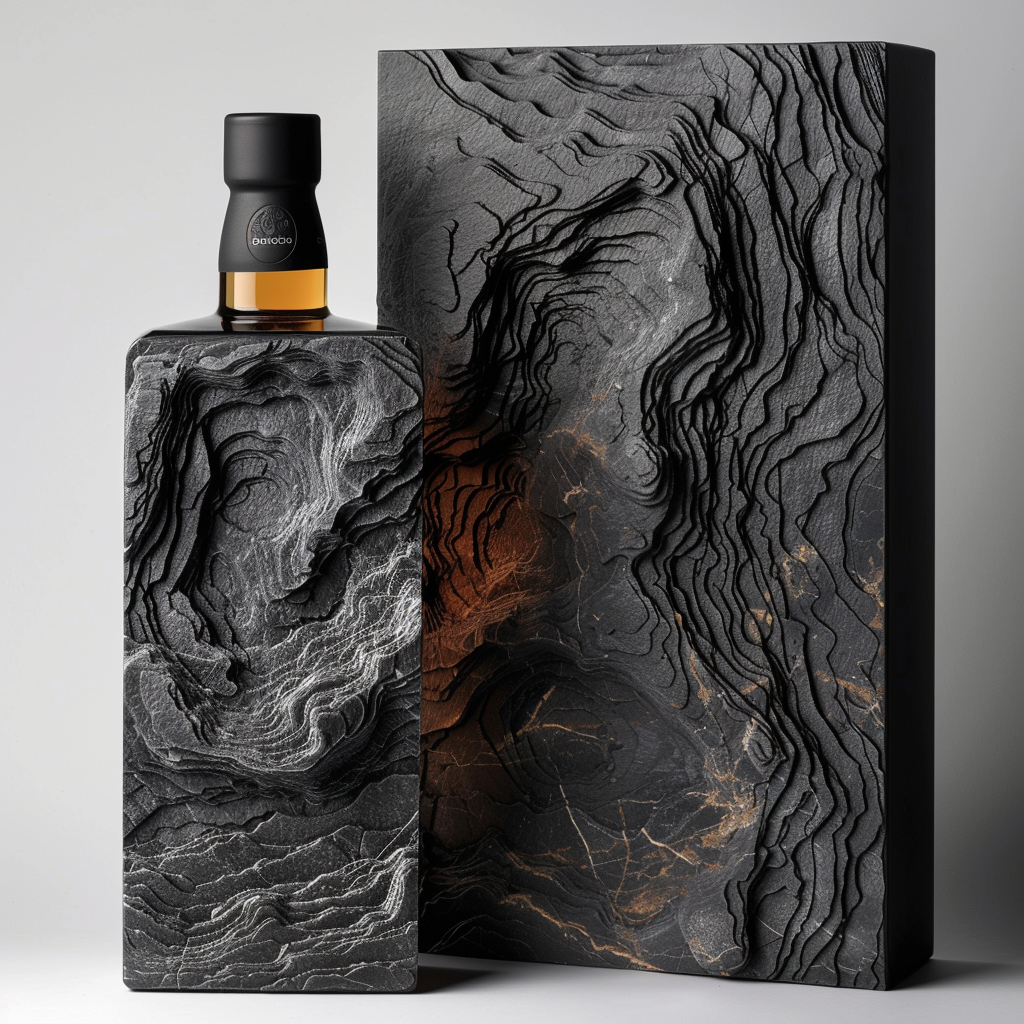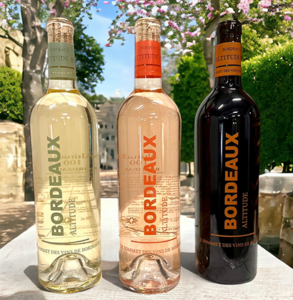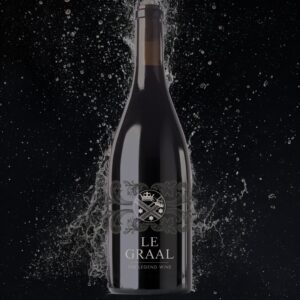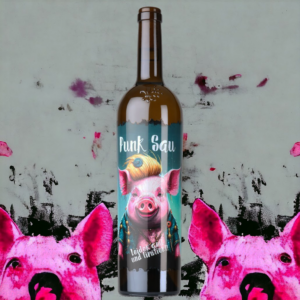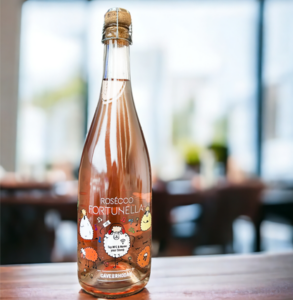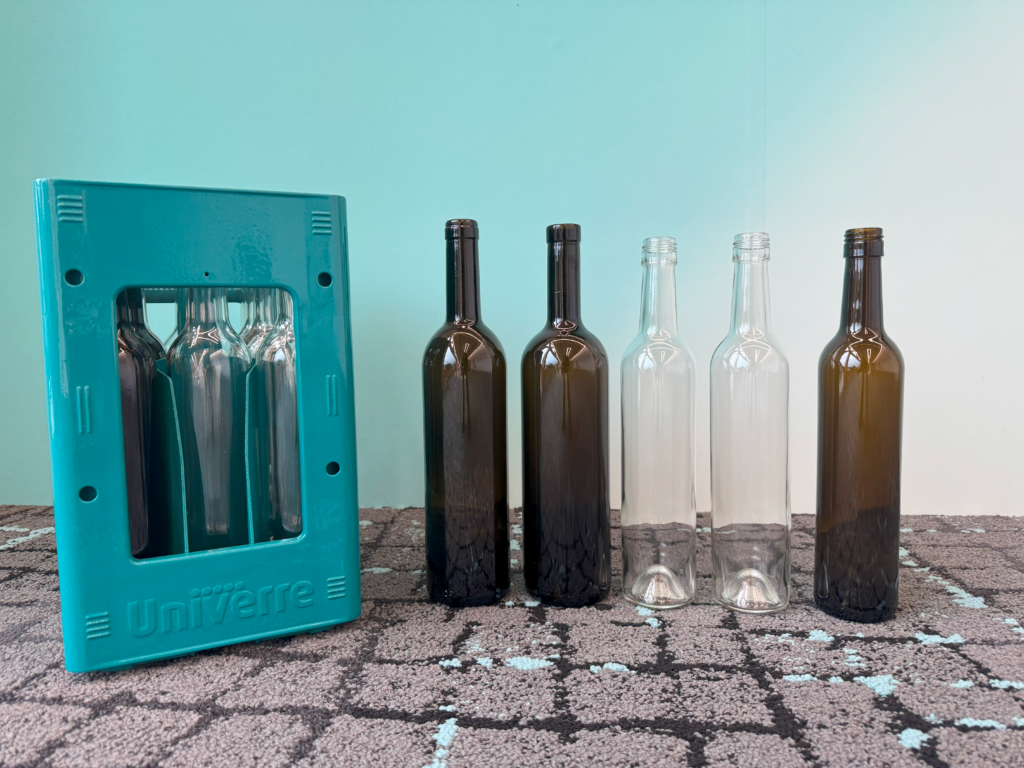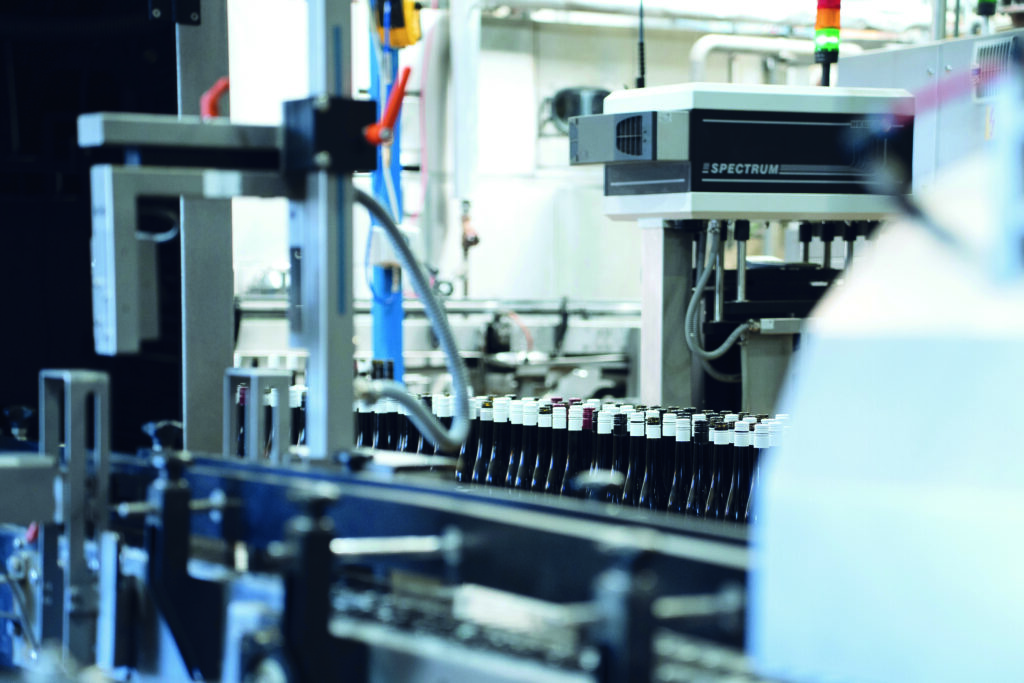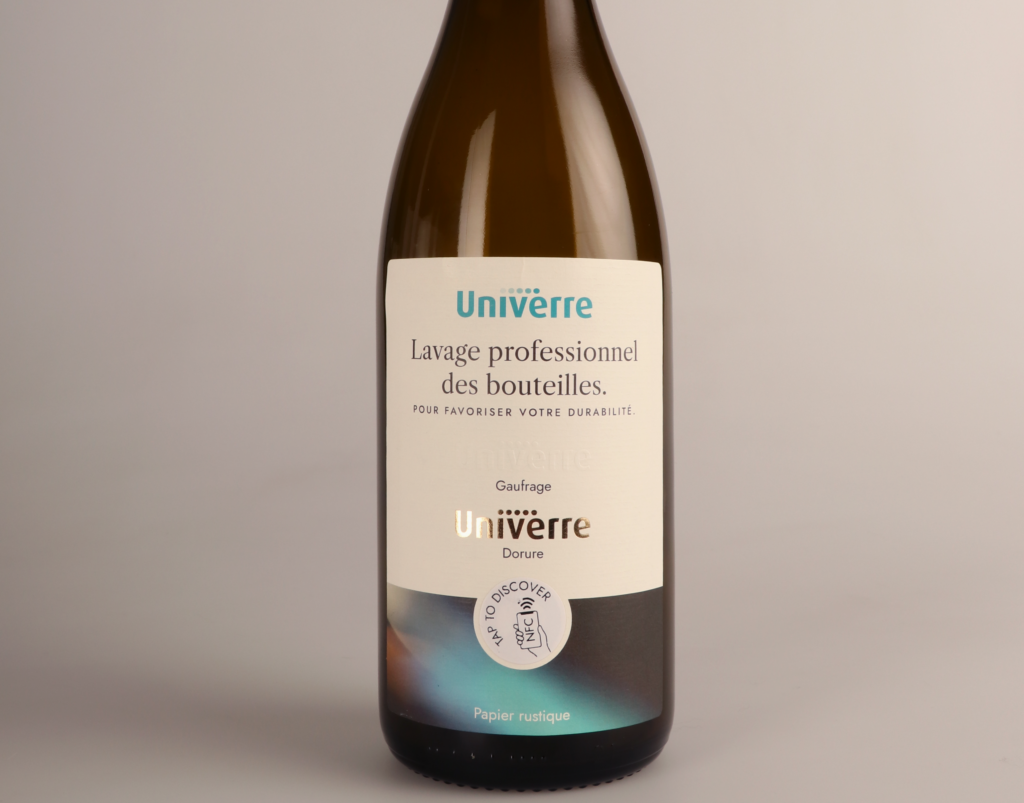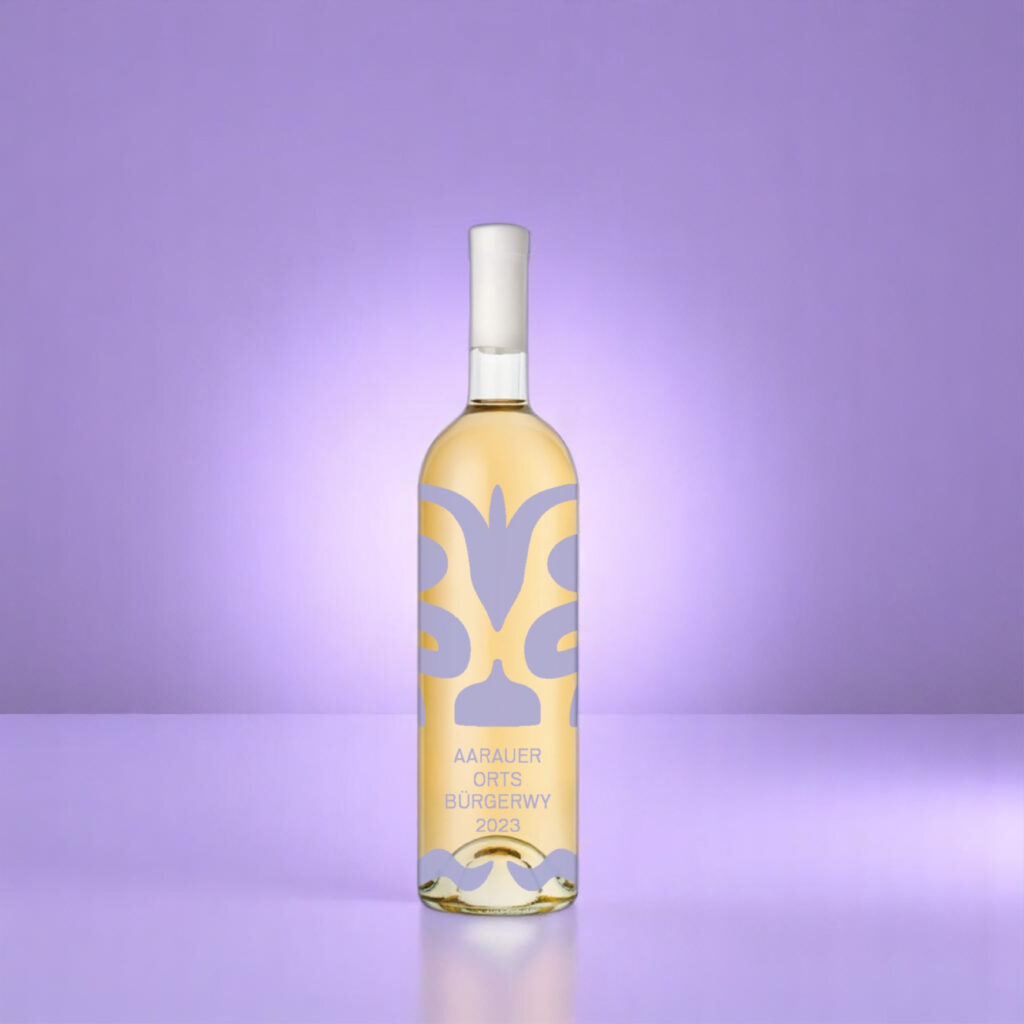In a world where consumers are increasingly focussing on sustainability and authenticity, the packaging of your products plays a crucial role. A well thought-out packaging concept not only makes it possible to communicate your brand’s messages effectively, but also to emphasise the uniqueness of your products. This not only increases the recognition value, but also the attractiveness of your products at the point of sale.
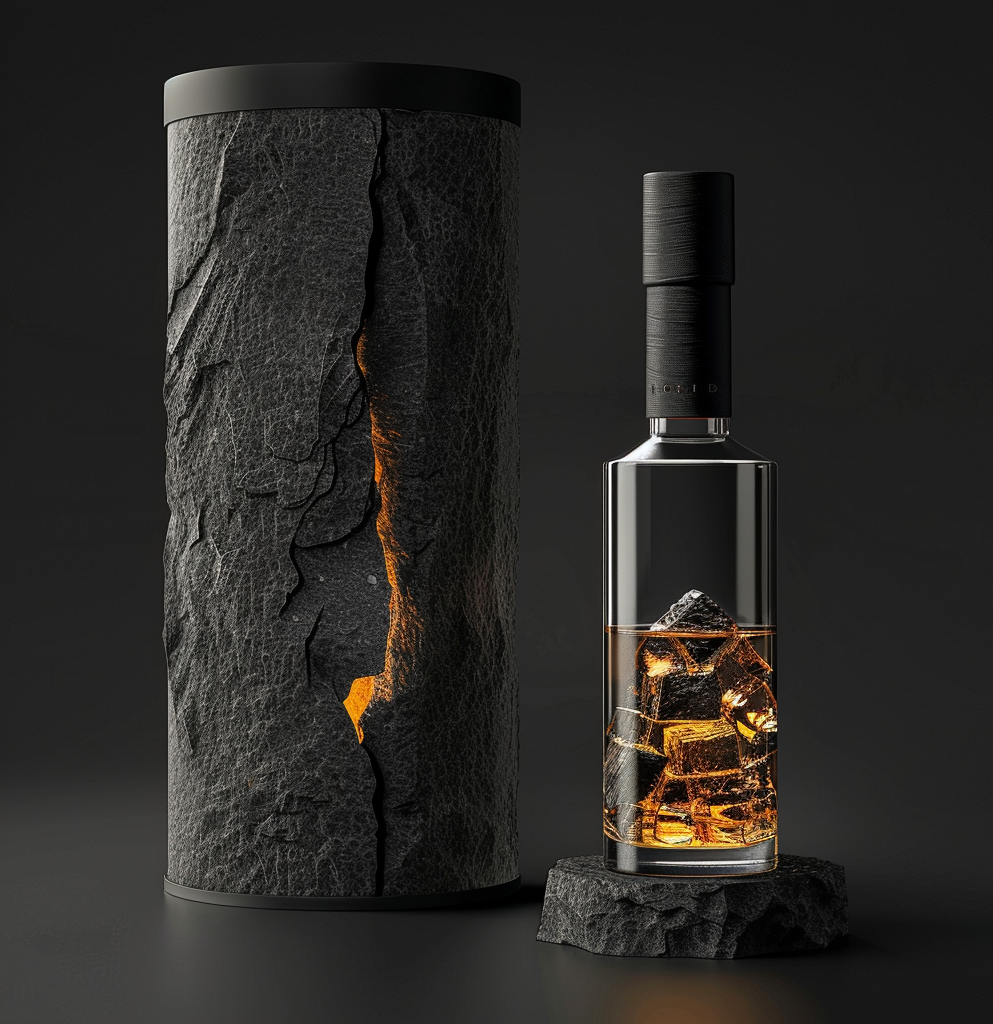
The art of the right packaging concept: more than just protection
A masterfully developed packaging concept is far more than a protective mechanism for products; it is an essential facet of brand communication and positioning. In a world where shelves are flooded with countless products, a creative and well thought-out packaging design makes a product stand out from the crowd. It tells the story of the product, communicates its values and attracts the attention of the target group.
The top 4 secrets for modern and innovative packaging design
It’s not enough to stand out simply through the quality of a product or traditional marketing strategies. In our visually orientated world, packaging design plays a crucial role in shaping brand identity. By telling stories that entertain and provoke thought, brands create a distinctive image that sticks in the minds of consumers. A bold and confident approach to design can help a brand stand out from the mainstream and appeal to a wider target audience.
1. Sustainability: packaging products naturally
In today’s world, where authenticity and sustainability are at the forefront of consumer desires, glass is emerging as the ultimate packaging material that not only effectively communicates a brand’s message, but also protects the environment. Manufacturers who are able to accurately understand their target audience and recognise their wants and needs are using glass to not only protect their products but also make it part of their brand identity.
Glass – a messenger of quality and sustainability
The choice of glass as a packaging material speaks volumes about a company’s values. It signals a commitment to quality and sustainability, characteristics that are becoming increasingly popular in our fast-paced world.
When comparing the sustainability of PET, aluminium and glass, glass stands out due to its unlimited reusability and complete recyclability. Although glass is more energy-intensive to produce than PET and aluminium, it stands out for its durability and ability to be reused without loss of quality. If glass is washed and reused after use, this significantly improves its eco-balance. This makes washed glass the most sustainable option, taking into account its reusability and the reduced environmental impact of repeated use.
2. Premium quality: a critical pillar of the packaging concept
For products such as premium wines and spirits that target a specific audience, packaging is an indispensable element of the branding strategy. A sophisticated packaging concept can reflect a brand’s philosophy and values, whether by emphasising quality, sustainability or offering an unparalleled product experience. In a market segment where expectations are high, packaging serves as a silent salesperson, appealing to potential customers through its visual and tactile presence.
The question of the extent to which a target group can influence the packaging is central to the development of an effective packaging concept. Packaging that is tailored to the preferences and values of the target group of buyers can make a significant contribution to emphasising the uniqueness of a product and highlighting its ecological origin. For luxury goods such as premium wines or exquisite spirits in particular, it is extremely important to establish a connection with the target group, which values exclusive quality, sustainability and an unrivalled enjoyment experience.
3. Storytelling: a journey beyond the ordinary
In the art of marketing, storytelling is not just a means of conveying information; it is a bridge that reaches the hearts of customers and takes them on an emotional journey. While many brands tell the story of their company or the origins of their products, there are those that push the boundaries of convention. These brands incorporate humorous and entertaining stories on their packaging that cause consumers to pause, smile and be transported away from their everyday lives for a moment.
At first glance, these stories may have nothing directly to do with the product, but they subtly reveal the personality and values of the brand. The use of humorous slogans, captivating designs and stories that capture the imagination not only catch the consumer’s attention, but also create a deeper, emotional connection to the brand.
4. Smart bottle: merging the digital and real worlds
The integration of NFC (Near Field Communication) tags in the development of smart bottles opens up a new dimension of interactivity and personalised use by further blurring the boundaries between the digital and physical worlds. NFC technology enables simple and fast wireless communication between the smart bottle and smartphones or other NFC-enabled devices with just one touch.
NFC tags can also be used to verify the authenticity of the product and ensure that consumers receive genuine goods. They also provide a platform for brands to interact with their customers beyond the physical product interaction by providing access to exclusive content, personalised offers or information about the recycling and sustainability of the product.
The implementation of NFC technology in smart bottles therefore not only represents a step towards increased user-friendliness and an improved customer experience, but also promotes health-conscious behaviour and offers new opportunities for brand loyalty and customer engagement. In a world where connectivity is becoming increasingly important, the NFC-enabled smart bottle provides an outstanding example of how technology can be used to improve the quality of our daily lives and enable seamless integration of digital services into the physical environment.
